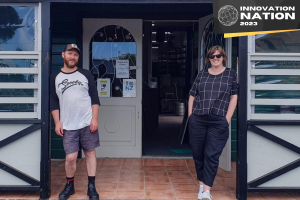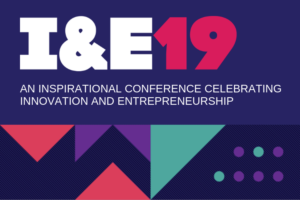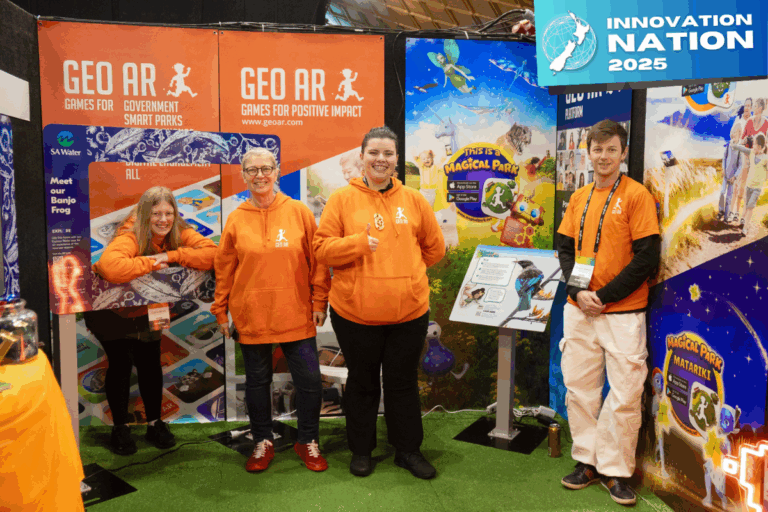High-speed fibre – the digital highway helping Kiwi tech save the world’s fisheries
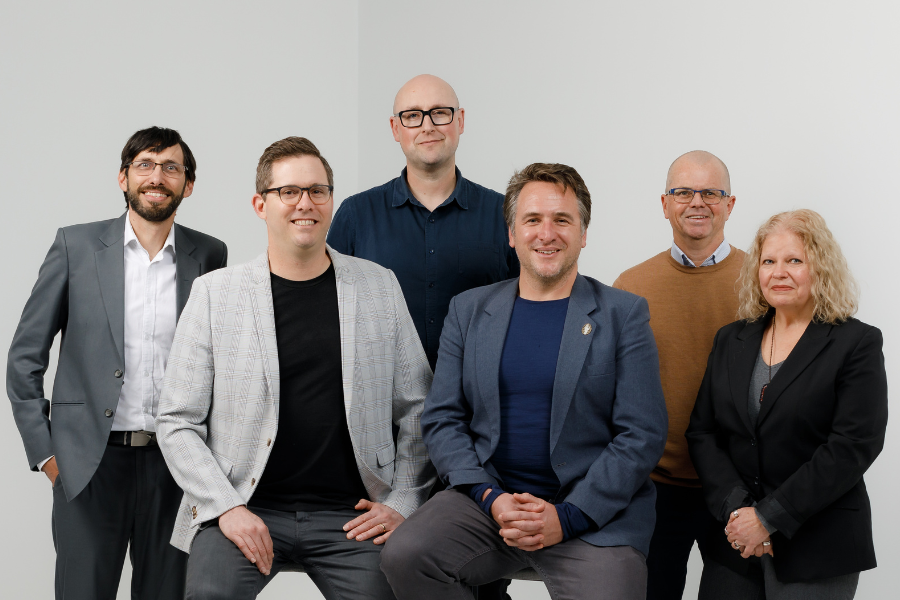
There’s plenty of fish in the sea, until there isn’t. And with some species near extinction from overfishing (particularly in the waters off North America), drastic action had to be taken to ensure greater sustainability and compliance in the commercial fishing industry.
Enter SnapIT, whose work was discovered by one of New Zealand’s largest fishing operators while they were installing a live camera feed on a lamp post on Auckland’s waterfront. SnapIT had already been making waves in the IT and AI space ever since they began live streaming cameras on houses, lamp posts and in some of New Zealand’s most remote locations – but this potential application of their tech in fisheries, presented an opportunity of a lifetime.
Now SnapIT (a part of a group of companies called SnapGroup) is working with international government agencies and fishing companies to capture valuable data and ensure that their vessels are as effective, efficient and compliant as possible – while supplying incontestable information for fisheries management.
“Fishing vessels typically have onboard observers, whose prime responsibility is to check that the fishermen are following regulations and that the right processes are being applied at sea,” says Chris Rodley, founder and CEO of SnapGroup.
“Of course, this is very laborious and time-consuming, so with our digital and AI technology, just one person can monitor numerous boats at any one time, in accelerated speed, from land. This allows for compliance to exist at scale and provides data that can aid in better decision-making.”
Getting to this point wasn’t entirely smooth sailing. A lot of testing had to go into developing hardware and software which could withstand all kinds of wild ocean weather conditions, and there was also a little thing called a global pandemic that certainly offered up its own set of challenges – with unpaid invoices impacting on cash flow.
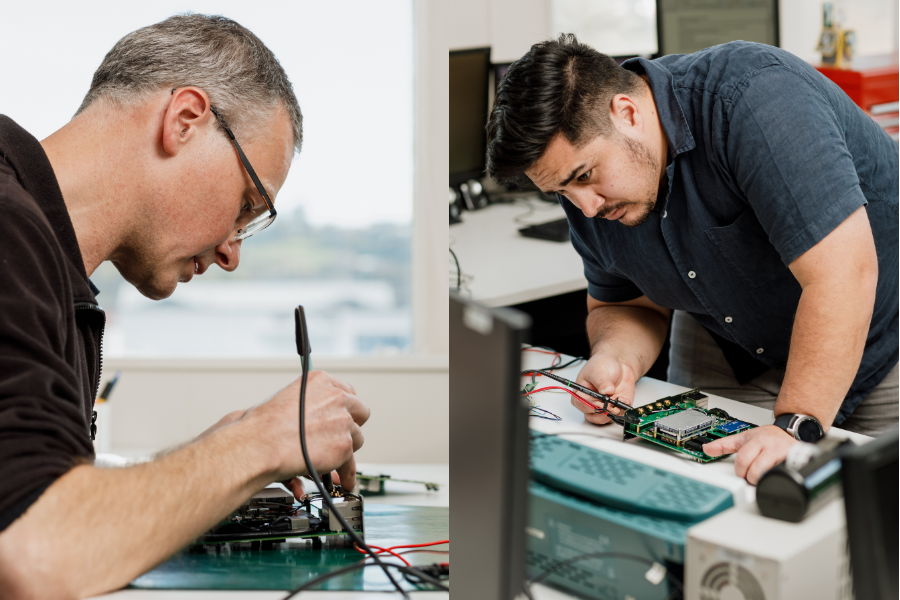
But with a great deal of perseverance, and assistance from Callaghan Innovation, Chris and his team were able to develop a camera that could survive in some of the harshest locations on earth. They even had one of their cameras weather the Antarctic seas, and now have a product which can be installed permanently underwater (tested to 2000 metres), and still run complex AI algorithms.
While the physical tech provides the vehicle, SnapIT’s merit lies in the problem being solved. And at the end of the day, it’s providing cost-effective monitoring and the collection of multipurpose data – minus the hassle and cost. 100% of the boat trips are covered, without having to have an extra person onboard, and some businesses have saved around US$65,000 a year just by having the SnapIT cameras installed.
“It’s a concept known as a ‘digital twin’ – where you create a digital replica of a physical object,” explains Chris.
“And while some people may see it as replacing human labour, it’s actually extremely transformative. Our digital tools are able to gather data that leads to better decision making and more positive outcomes for everyone.”
A few years on from the initial deployment of the technology and cameras, SnapIT has recorded centuries worth of video footage. As Chris puts it, they are the definition of ‘big data’, and he knows he simply wouldn’t be able to be doing what he does without having access to reliable, high-speed, small business fibre to upload, download and process the massive amount of data captured – which is all viewed in real-time at various monitoring centres around the world.
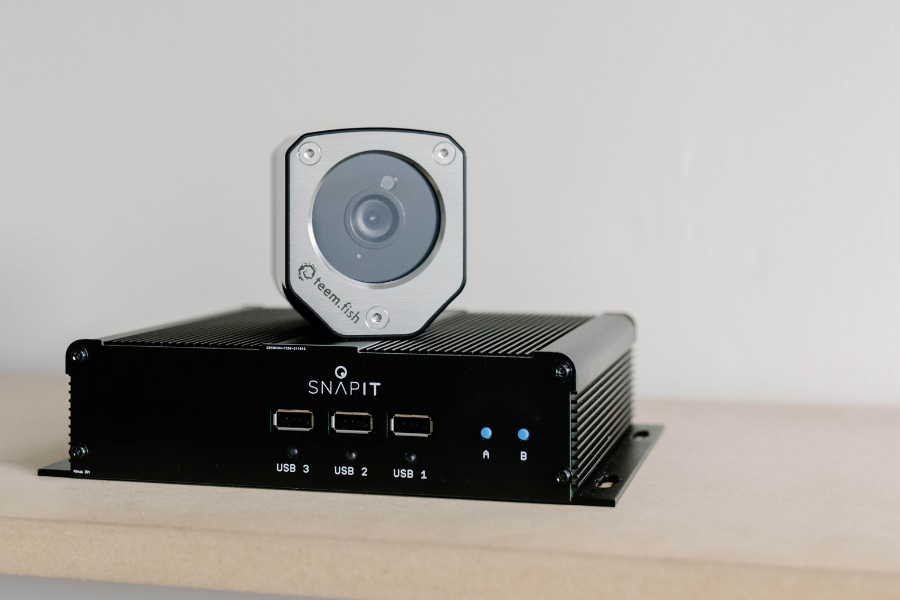
“The basic things like video chat are massive, it helps our disparate team to stay in touch – with five or six meetings happening at any one moment here. But our core innovation is data and if New Zealand’s fibre network didn’t have the speed and capability to support us, we wouldn’t have been able to set up here.”
Backed by a team of 50 people, with the majority located in Nelson (and the rest ‘on the ground’ in the US, UK and Canada), everything ‘operations-related’ is done right here in New Zealand – from design to development, the software, manufacture, AI, infrastructure and cloud-based transmission.
And there’s no question Chris is rather proud of what he and his team have been able to achieve – he has every right to be. Especially since the overwhelming message from the industry is to prepare for a massive increase in organisations taking on this technology over the next two to three years.
“I certainly feel like our work is changing the world for the better. Not that long ago there was a huge risk that the next generation wouldn’t be able to consume wild caught fish – but of course it’s not only about that, it’s also about the overall sustainability of our seas.”




